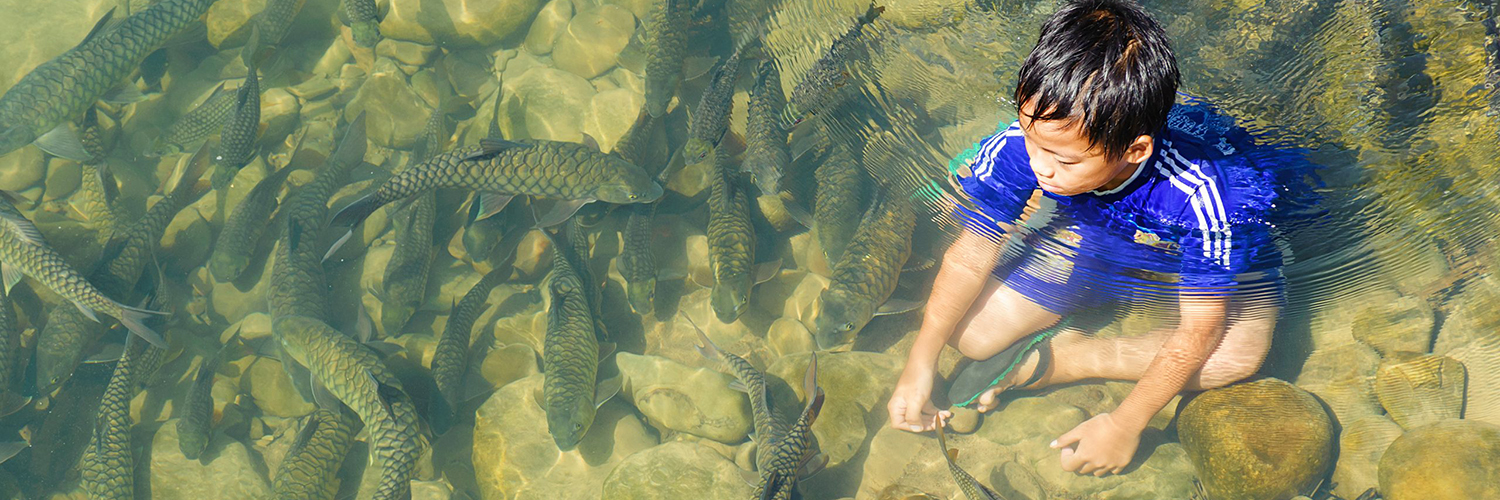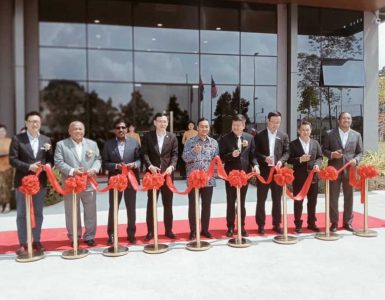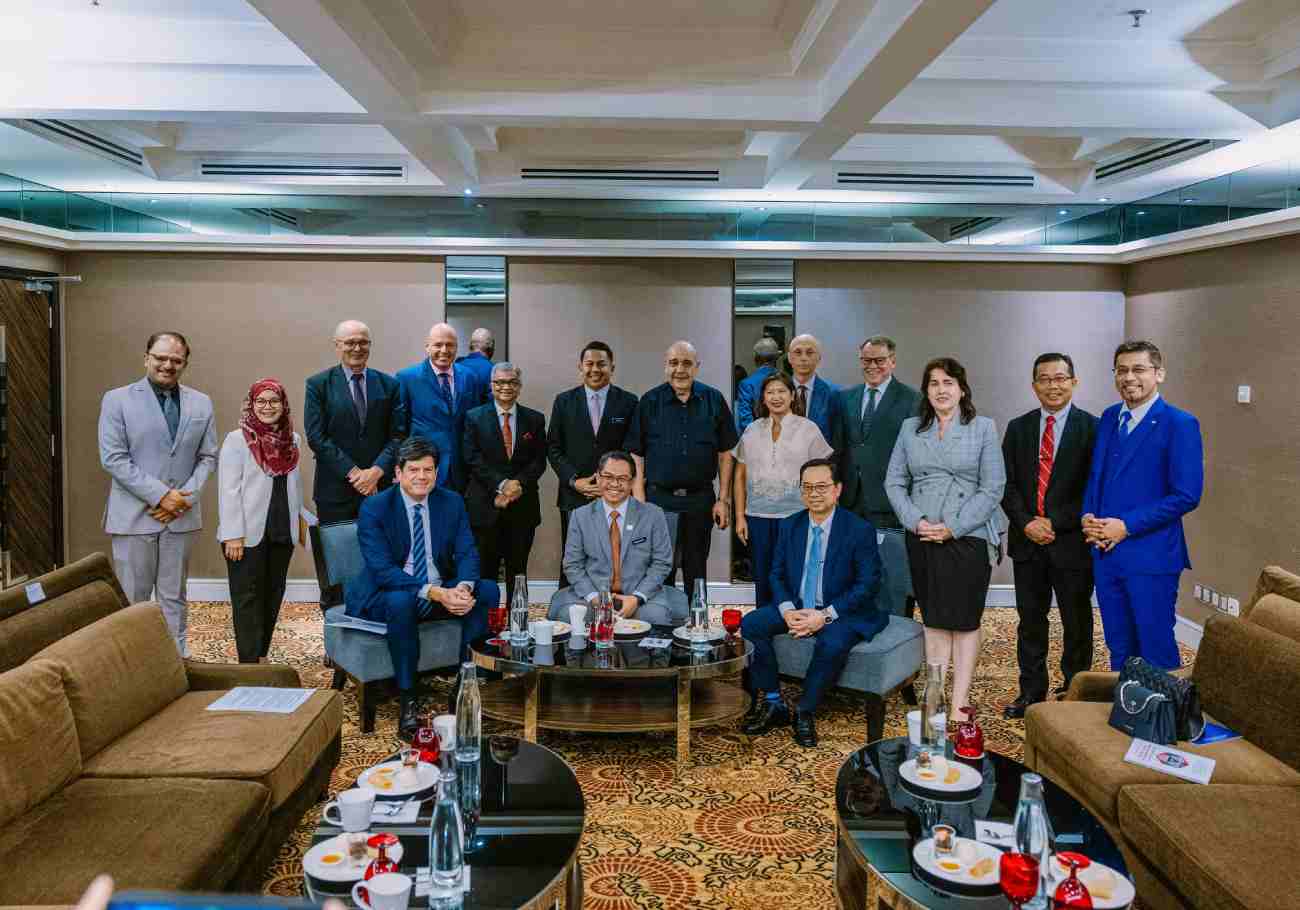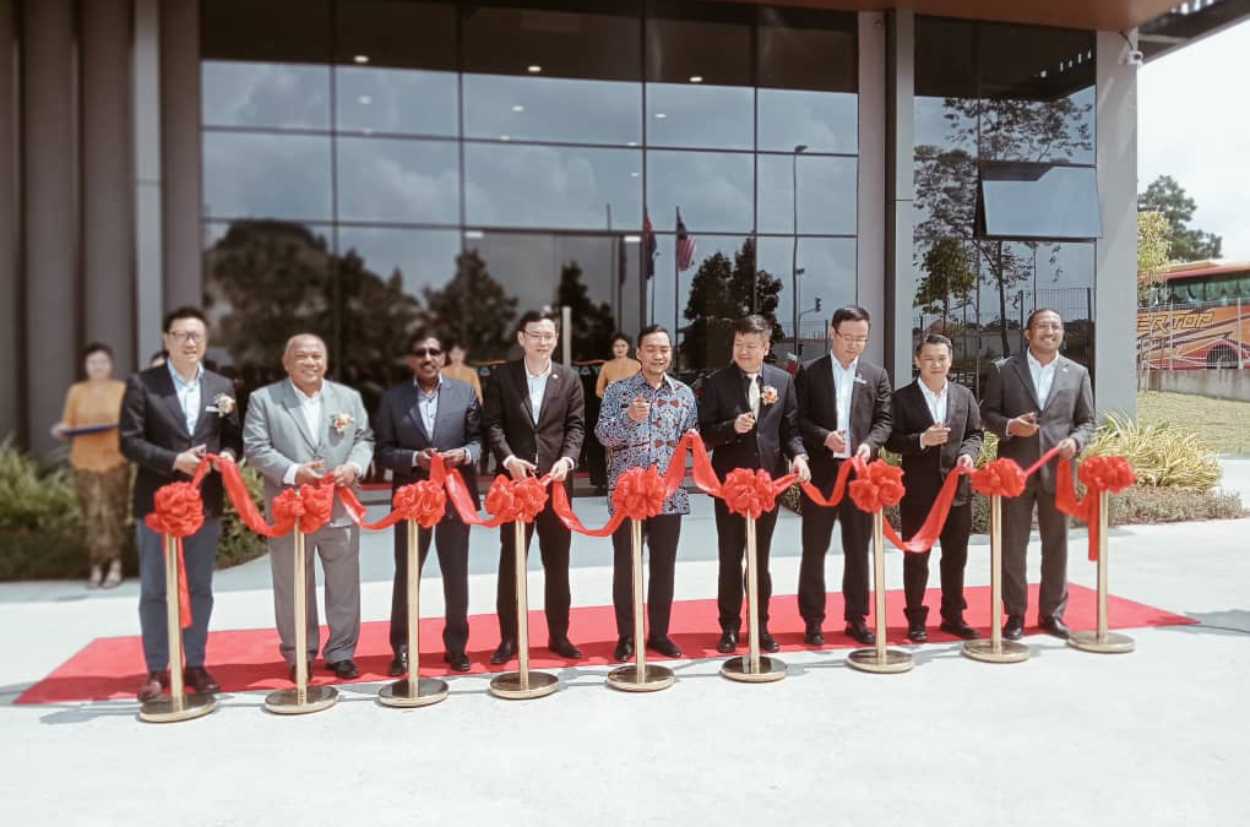
Out of love for nature, Ambrose Lajumin took it upon himself to build a sanctuary promoting the native tagal system.
Lajumin built the sanctuary by the Ulu Kimanis River near Kampung Toboon, Ulu Kimanis, Papar, Sabah.
The sanctuary allows for the conservation of the river for the future benefit of the surrounding inhabitants.

He also believes that the inhabitants along the Ulu Kimanis river should play a part in preserving the river through the native tagal system.
The indigenous communities in Sabah have been practising this system of shared responsibilities and management of natural resources since time immemorial.
Moreover, the Sabah fisheries department has adopted this traditional system with close to 400 rivers co-managed through the tagal system.
What is the Tagal system?
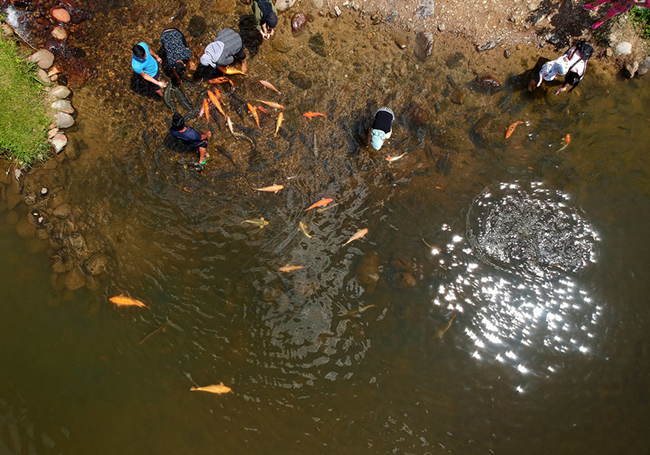
Tagal simply means prohibition in the Local Kadazan Dusun language.
Under this system, the surrounding inhabitants are not allowed to fish in the river for a specific time.
The Tagal system is also known as the Bombon system among the local communities.
The ultimate objective of this system is to sustain the inland river resources, restore the polluted river and generate income for the surrounding inhabitants.
The ban on fish harvesting for a specific time also plays a part in overcoming the lack of freshwater fish resources.
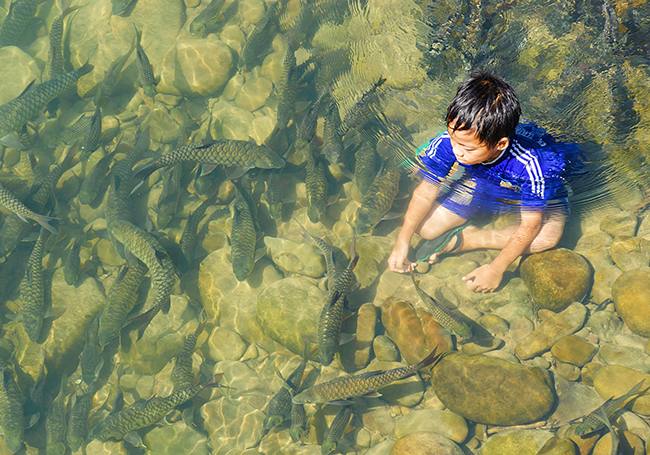
Today the tagal system has evolved into ecotourism activities such as fish massage.
According to research by Kaede Chan Lip Chung and Andy Russel Mojiol, most visitors agreed to participate in the tagal system because it promotes the good sustainable management of the inland river.
Most pertinently, the tagal system now complements the Sabah Biodiversity Enactment 2000 and Malaysia’s Access to Biological Resources and Benefit Sharing Bill 2017.
Sarawak Agriculture Department implemented a similar system in several rivers. The system is called Tagang.
The effectiveness of the Tagal system
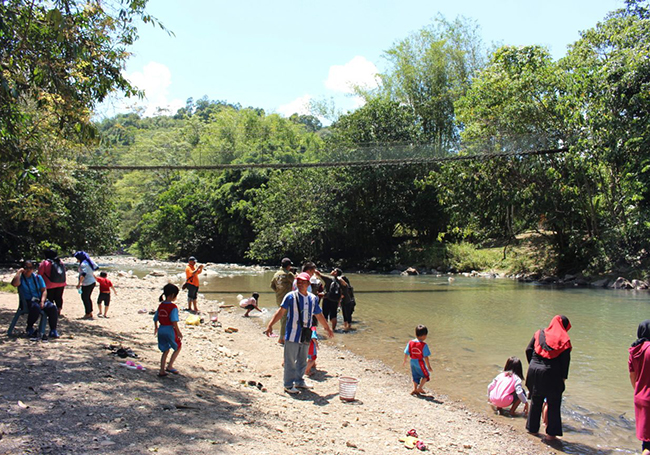
In a paper titled Tagal System from the Perspective of the Local Community, Jurry Foo conducted a study in Ranau District focusing on the implementation of the Tagal system.
The three disparate locations are Kg. Luanti Baru, Kg. Pinawantai and Kg. Kinarasan, whereby 97.6 per cent are of Kadazan Dusun ethnicity
Jurry analyzed the communities’ responses toward implementing the Tagal system in terms of motivation for involvement, engagement patterns and satisfaction.
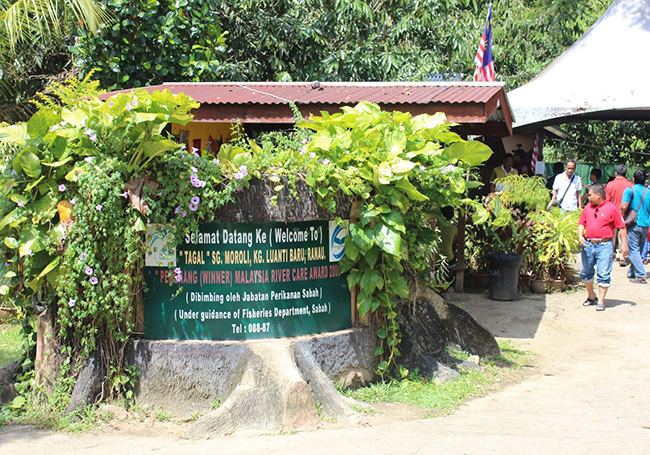
According to Jurry, the respondents are driven mainly by socio-economic interests as they believe the system will result in more employment opportunities, income creation and encouragement to save.
This motivation is attributable to current developments whereby employment opportunities have opened up for more than 20 residents, particularly in the tourism industry.
Finally, Jurry opined that the responses indicate what must be done by the authorities in implementing the Tagal system.
The authorities should come forward by planning more programs and activities to generate economic benefits for the local communities.
Lajumin’s dream of conservation
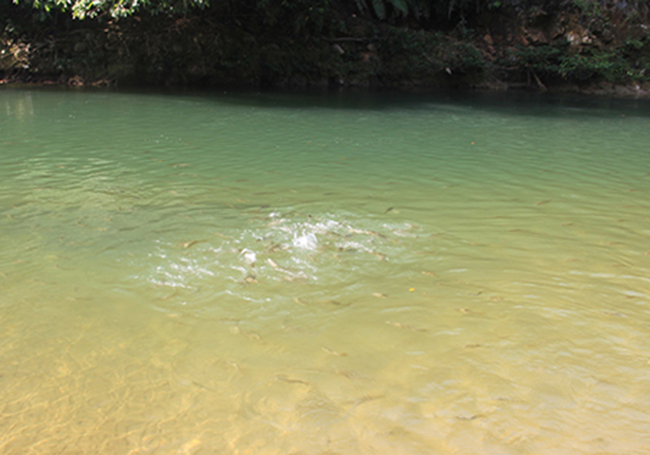
Lajumin hopes to preserve the river to increase its longevity by enacting the Tagal system.
Currently, the villagers pay a monthly subscription of RM 10 for the sanctuary and another RM 10 as an entrance fee.
According to Lajumin, the sanctuary has become watering hole for the people in the surrounding areas to escape from their daily routine.
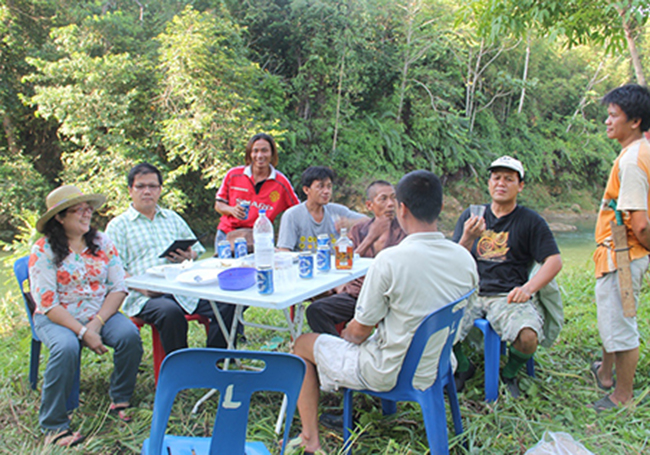
“They come here to sit along the river and enjoy nature. It has become a popular spot, especially during the weekends,” said Lajumin.
In moving forward, Lajumin plans to erect basic facilities and camping sites.
The Tagal system has undoubtedly breathed new hope for the community around the Ulu Kimanis river.
Moreover, it has halted the externally driven tourism development on the communal land and established local community-driven ecotourism projects.


